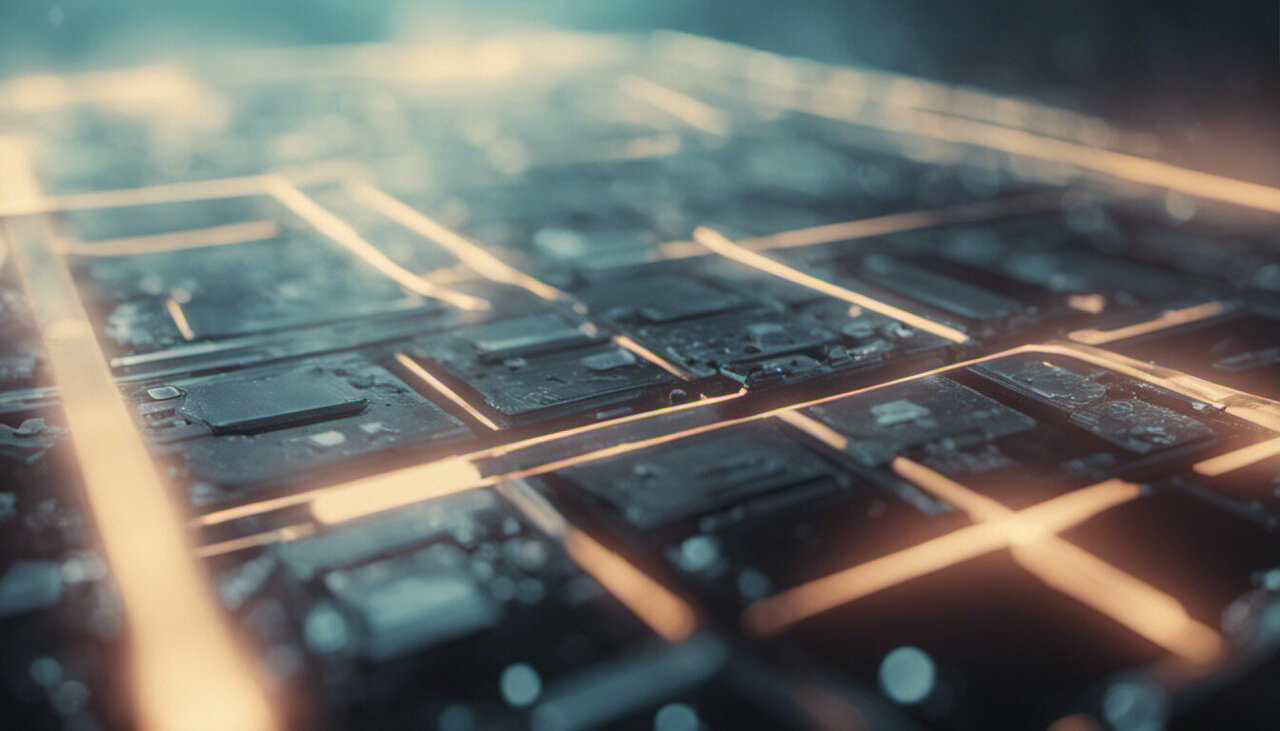New lithium-based scintillator crystal for detecting radiation can distinguish between neutrons and gamma rays


Security concerns over radioactive materials have persisted for many years. Airports and other public locations now routinely employ radiation detectors, and nuclear regulators need to be able to monitor the levels of subatomic particles like neutrons. Now, a team of researchers led by the University of Tsukuba has tested a new method of scintillation radiation detection based on wavelength information rather than waveform.
In a study published this month in Progress of Theoretical and Experimental Physics, researchers from the Faculty of Pure and Applied Sciences at the University of Tsukuba showed how to detect and distinguish between neutron and gamma-ray sources using data from scintillator emission wavelengths.
Often, detectors known as scintillators are used for this purpose. The physical principle of scintillation is similar to the more familiar types of glow-in-the-dark phenomena, such as fluorescence and phosphorescence. In regular fluorescence, a UV photon excites an electron in the material, which loses some energy but re-emits the rest as a visible photon. In scintillation, the incoming photon is an X-ray or gamma ray, which has much higher energy, so it is strong enough to knock the electron completely out of the atom. When the system finally relaxes, a UV or visible photon is emitted, which can be detected by other electronics.
Conventional scintillator detectors usually try to distinguish between neutrons and gamma rays based on the waveform of the pulse that is produced. “This older method typically resulted in incorrect readings due to the small variation in waveforms,” says Professor Takashi Iida, lead author of the study. In the new device, the investigators instead identified the type of radiation based on data from the wavelength of the scintillation light.
In this study, crystals containing the elements europium, lithium, calcium, and iodine (Eu:LiCaI) were produced with carefully controlled levels of impurities. The light created in the scintillator was detected using a multi-pixel photon counter optical sensor. A neutron source and a gamma-ray source could then be distinguished based on the output signal ratio of the detected light with and without long-wavelength filters applied.
“Our wavelength-based particle identification method is highly versatile and may be applied to other crystals and detector systems,” says Professor Iida.
Future experiments may involve optimization of the ratio of elements in the crystal, which may help improve the reliability of portable radiation monitoring devices. This work can help with the challenges of locating nuclear materials, as well as improve the security of vulnerable facilities, like airports and shopping malls.
More information:
Takashi Iida et al, Gamma and neutron separation using emission wavelengths in Eu:LiCaI scintillators, Progress of Theoretical and Experimental Physics (2023). DOI: 10.1093/ptep/ptad003
Citation:
New lithium-based scintillator crystal for detecting radiation can distinguish between neutrons and gamma rays (2023, February 9)
retrieved 10 February 2023
from https://phys.org/news/2023-02-lithium-based-scintillator-crystal-distinguish-neutrons.html
This document is subject to copyright. Apart from any fair dealing for the purpose of private study or research, no
part may be reproduced without the written permission. The content is provided for information purposes only.
For all the latest Science News Click Here
For the latest news and updates, follow us on Google News.

